
Bowel cancer, today more known as colorectal cancer, is a malignant tumor affecting the colon, rectum or vermiform appendix. Initially, the tumor remains localized onto the large intestine and can be easily removed with surgery. Progression of the disease leads to spread of cancer cells into regional, and later distant lymph nodes. In terminal stage the cancer may spread to the liver, lungs or bones as ell as many other organs.
Diagnosing Colorectal Cancer
Patients turn to their doctors with certain complaints regarding their gastrointestinal tract. A well experienced general practitioner takes patient's history and asks questions about all the symptoms he/she is dealing with. Data regarding family history of colon cancer are of major importance.
What follows is a physical and digital rectal examination. A physical examination may reveal a lump in the abdomen and enlargement of the liver while digital rectal examination may reveal traces of blood on the content of the rectum, blood clots or even fresh blood inside the terminal part of the colon. In case of rectal cancer doctors may even palpate the tumor. All the mentioned is taken into consideration and patients who are suspected to suffer from colorectal cancer are referred to local hospital for further examination.
Sigmoidoscopy for Colorectal Cancer
Sigmoidoscopy is together with colonoscopy frequently performed exam in patients who are suspected to suffer from colorectal cancer. It includes insertion of a thin and flexible tube into the rectum and then upper into the bowel. This tube contains a little camera capable of visualizing the inside of these organs.
The exam is highly efficient when it comes to diagnosing colorectal cancer. Doctor performs biopsy and takes samples of suspicious tissues. These are send for further examination. Sigmoidoscopy is not painful but can be slightly uncomfortable.
Colonoscopy for Colorectal Cancer
Colonoscopy is actually quite similar to sigmoidoscopy. Still, this procedure includes insertion of a larger tube and is capable of visualization of the entire colon.
In order for all portions of the organ to be properly visualized the colon must be clean and free of stool. Therefore, before undergoing colonoscopy patients are prescribed a special diet and they also need to take laxatives in order to completely eliminate stool.
Most patients, if not all of them, are mildly sedated prior the procedure and while the doctor inserts the tube into the rectum and along the colon. Similarly to sigmoidoscopy doctors inspect the inside of the organ, take samples of tissues, if necessary, and may even remove smaller polyps, if present. The entire procedure lasts approximately an hour. Patients may feel drowsy due to sedation so it is best for them to be taken home by a family member or a friend.



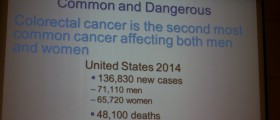
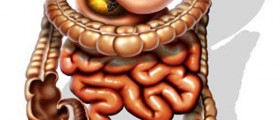
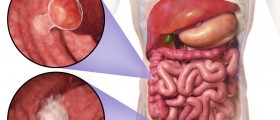
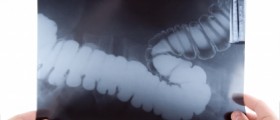



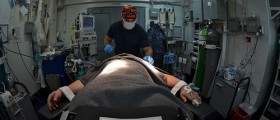






Your thoughts on this
Loading...